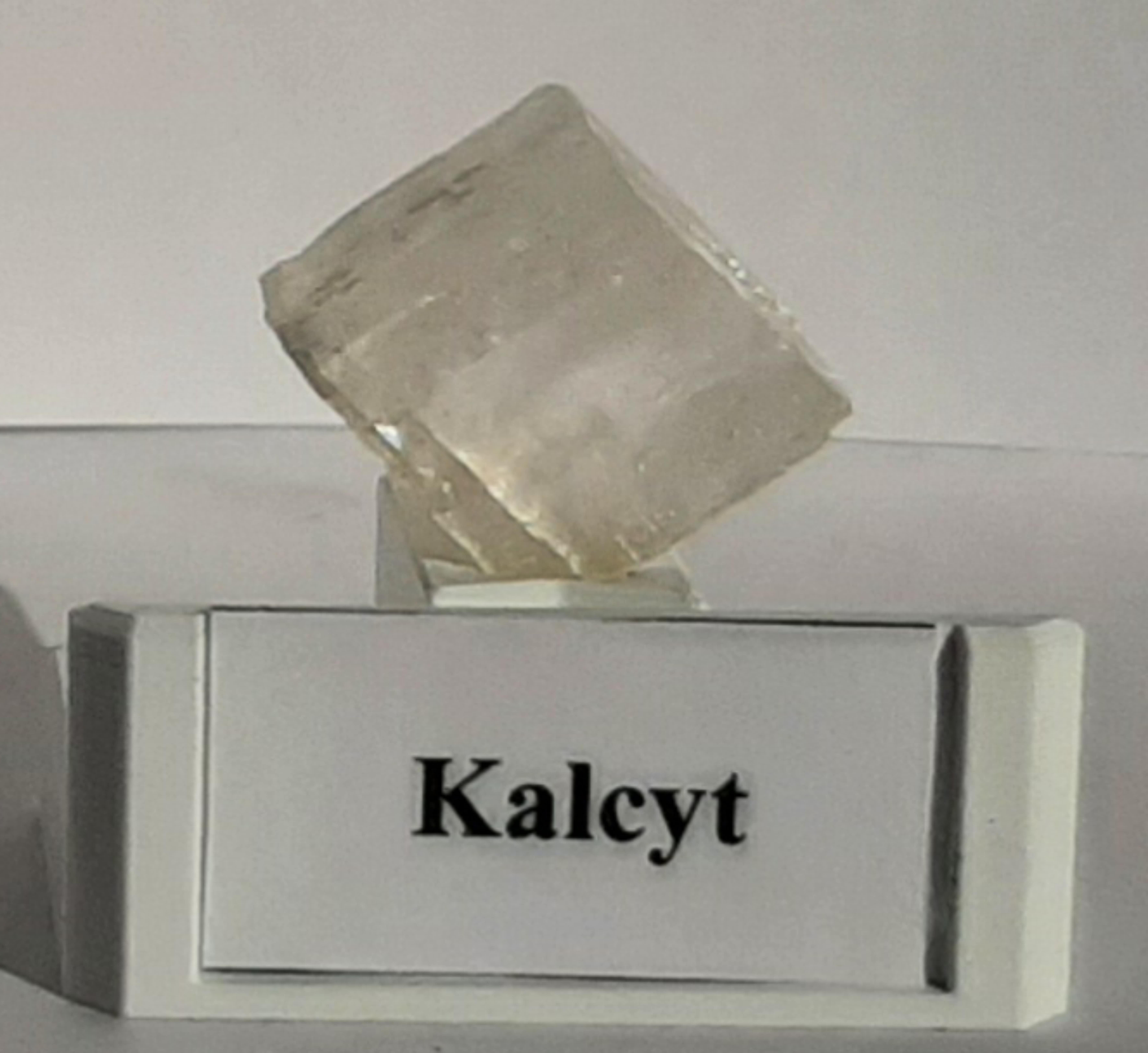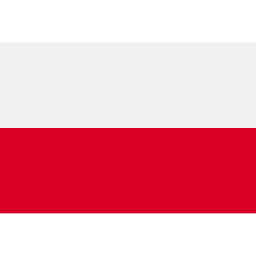
Calcite
carbonates
2.6 to 2.8 g/cm3
trigonal
Perfect
CaCO3
colourless, white, yellow, brown, red, green, black
3 on the Mohs scale
glassy
Is one of the most popular minerals found on our planet; it is a component of, among others, sedimentary and marble rocks; occurs in cave dripstones (stalagmites, stalactites, stalagnates), oolites, dolomites, marls, greenstones, phyllites and scarlenes; it may also occur as a binder in sandstones and conglomerates; located in Europe (Germany, France, Switzerland, Czech Republic, Great Britain, Ireland), North America (USA, Mexico, Canada), Africa (Namibia), Asia (Russia); in Poland, calcite is found in Lower Silesia, the Carpathians, the Tatra Mountains, the Świętokrzyskie Mountains
It is usually collarless (other colours are related to the presence of various impurities); naturally creates many different crystal forms (about 2000), the most popular are scalenohedra, columns and rhombohedra; shows fluorescence (red, yellow or blue); is birefringent, i.e. it has the ability to refract light rays twice into two polarized rays; it is used in construction to produce lime and cement
The name of this mineral comes from the Greek word chalix, which means lime, which refers to the traditional method of using this mineral; applications of calcite: paper industry (as a filling and coating material, thanks to which the surface is hardened, smooth and uniform in color, it allows quick drying of paper thanks to its oil absorption properties, therefore it is used for the production of newspapers, magazines and high-quality paper, it is used as a material filling on cigarette paper), dyeing industry (used to replace pigment material and prevent wear of steel, provides increased resistance to water and chemicals); tire industry (as a filling material, it allows the tire to be used for a long time without losing its softness); plastics industry (as a filling material, because it comes out of the mold easily and allows the same thickness to be obtained everywhere, provides hardness and flexibility at the same time, is resistant to high temperature); animal food (as filling material because it allows the bones and teeth of animals to grow); agriculture (in order to obtain good and abundant products from acidic soil, it is necessary to provide calcium in abundant quantities, thus the life of organisms in the earth is improved, and the pH is 6-7.5); ceramic industry (the harmful effects of SiO2 contained in the substrate are removed by adding it to the tile grout, CaO increases the strength of the ceramic material); coal mine (used to prevent the explosion of coal dust and the spread of flame from explosives); all natural waters contain dissolved calcium and carbon dioxide, and their concentration is particularly high in seawater; many marine animals, including corals, snails, clams, algae, and microscopic plankton, use calcite and aragonite to form their shells and hard parts


